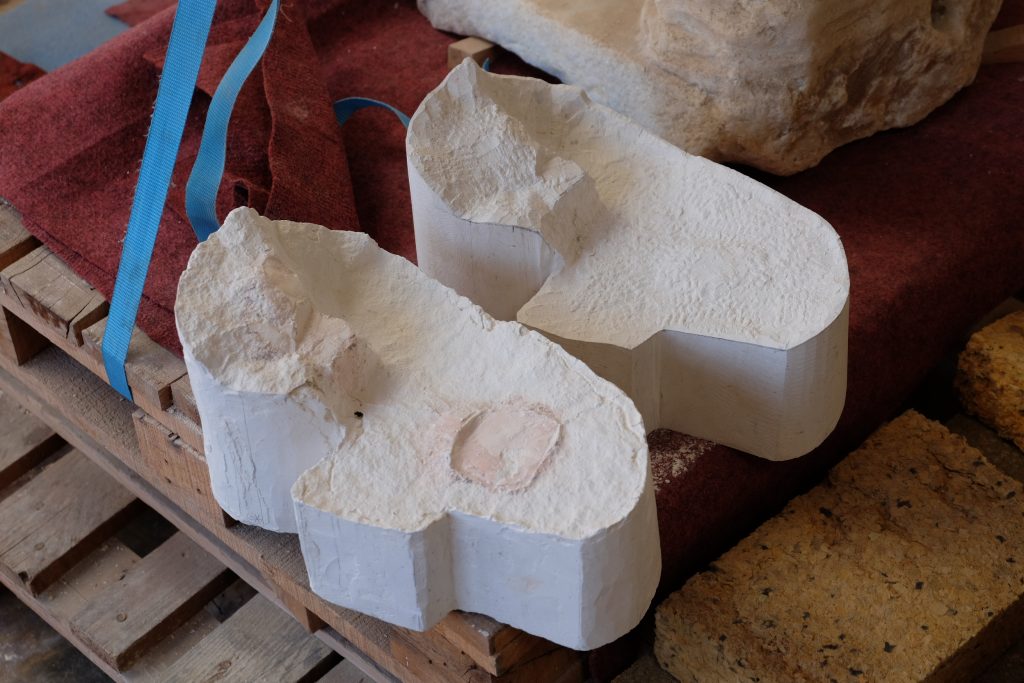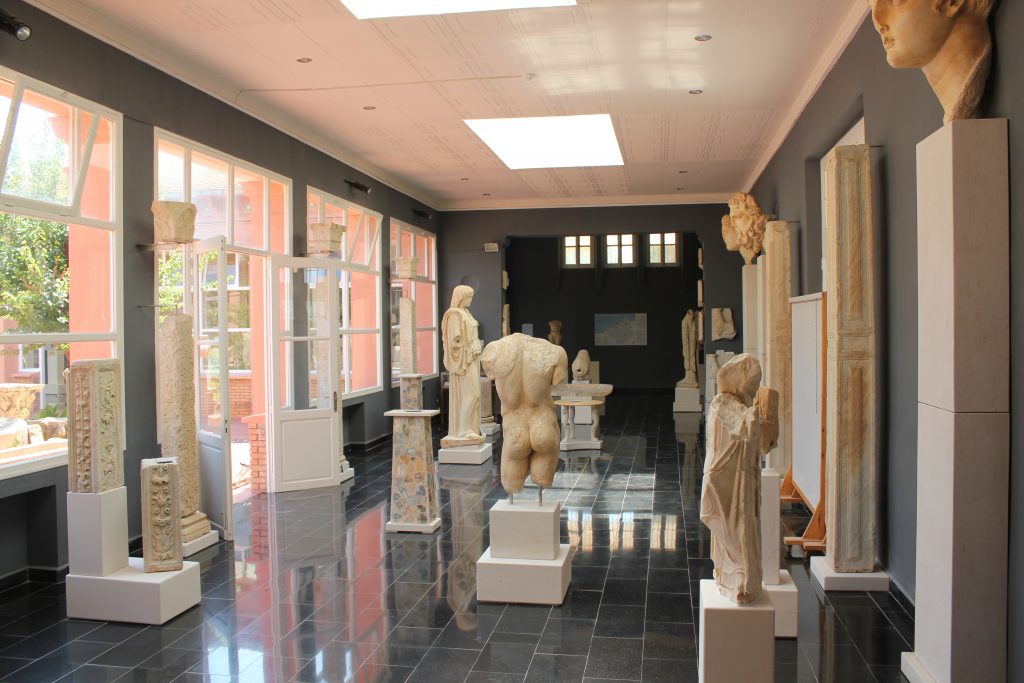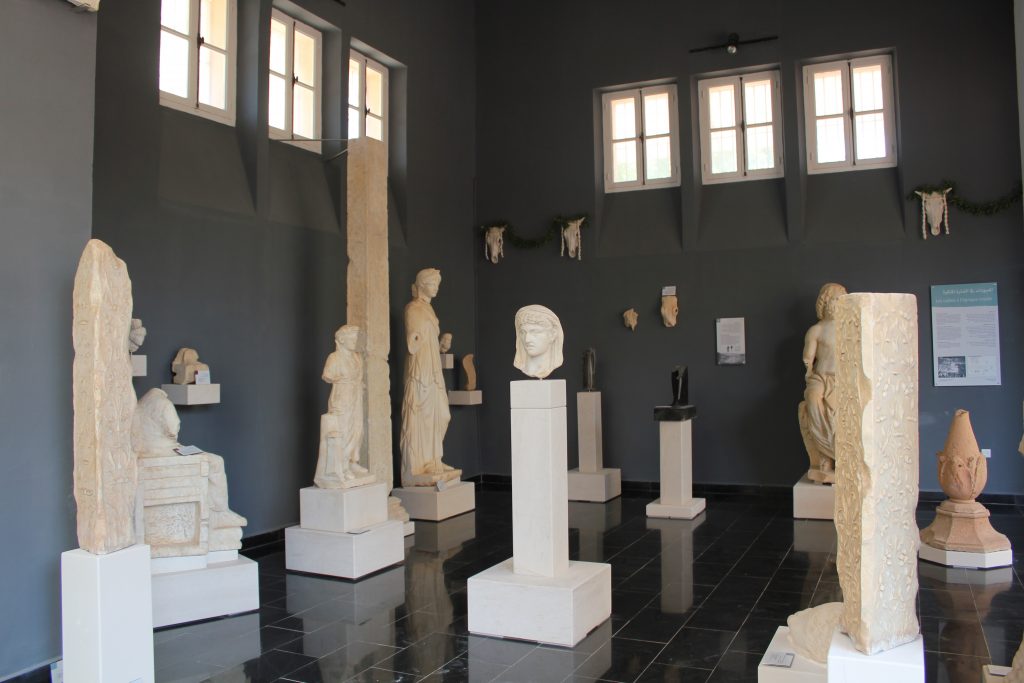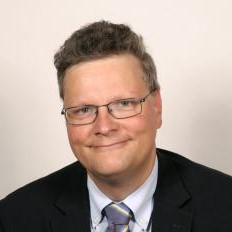Reorganisation of the National Public Museum of Cherchell in Algeria








The refurbishment of the National Public Museum of Cherchell in cooperation with the Algerian Ministry of Culture, accomplished in 2019, was substantially supported by the German Federal Foreign Office. The exhibition was completely reorganised and prepared for the public according to modern educational concepts. Visitors to the museum can rely on detailed information panels (in French and Arabic), whereas a guide book (in German and French) offers the access to further knowledge. Furthermore, audio guides in several languages and special texts for children have been prepared. Present efforts concentrate upon the completion of a book dedicated to the final scientific treatment of the sculptures (mainly their contextualisation). This book will also present a general introduction into the historical topography of the city.
Half of the museum’s exhibition is exclusively dedicated to the “royal period” (when the Roman Empire was ruled by Augustus, Tiberius and Caligula) lasting for 65 years. During that period the city transformed from a most modest Punic settlement (called Iol) into the magnificent residential city of client king Iuba II, his wife Cleopatra Selene and their son and successor Ptolemy. This city named Caesarea Mauretaniae offered everything that could be expected from a late Hellenistic city: city walls, theatre, amphitheatre, hippodrome, aqueduct, thermal baths, temples, a lighthouse on the harbour peninsula and, above all, a palace complex that has now completely disappeared. But magnificent architectural elements and sculptures of unique quality as well as literary sources still bear witness of the unique splendour of this residence. The rest of the exhibition pertains to the Roman period of the city, in which Caesarea Mauretaniae remained a flourishing harbour city with the Roman provincial governor in residence. For this period, it is again sculptures and mosaics of quality that attest to the wealth and exquisite taste of the inhabitants.
As part of the Algerian-German cooperation since 2008, all rusting iron dowels from earlier restoration measures have been replaced by dowels made of stainless steel, and all sculptures are now put on new, earthquake-proof limestone pedestals. A team of well-trained restorers led by Alberto Fiorin discussed every single step with their Algerian colleagues to reach an optimal solution for every single ancient object. Additions needed for stabilisation were made partly in limestone, partly in stainless steel. The Algerian staff members trained within the framework of our cooperation are now employed with further measures regarding cultural preservation. They secure and clean objects exhibited in the open courtyard and the garden of the National Museum. This also includes object integrated in one of the museum’s outer walls. The Cherchell project will continue – now with a special focus on the second museum of the city, the New Museum.
Members

Prof. Dr. Ortwin Dally
DAI Rome
ortwin.dally@dainst.de

Dr. Ulla Kreilinger
Münster | DAI Rome
kreilingerulla@web.de
Cooperation partners

National Public Museum (Musée Public National), Cherchell

Ministry of Culture (Ministère de la culture), Algeria

German Foreign Office (Auswärtiges Amt)

Industrial Museum (Industriemuseum), Lauf
Project partners

Dr. Nadjoua Atif Hamza
Musée Public National de Cherchell
musee.cherchell@gmail.com
Figure Captions
Fig. 1 Installing the pedestal for the statue of Apollo with its special earthquake-proof elements [photo by Ulla Kreilinger].
Fig. 2 The statue of Apollo on its new pedestal with an inner metal framework, now encased by limestone [photo by Ulla Kreilinger].
Fig. 3 Statue of a Roman citizen before restoration: rusty dowels from a previous restoration had caused star-shaped cracks [photo by A. Fiorin].
Fig. 4 Intermediate piece for the statue of a Roman citizen, one made of plaster (in front) and one made of limestone [photo by A. Fiorin].
Fig. 5 View onto the North Gallery (to the west) with the finds from the palace [photo by H. Dahmani].
Fig. 6 View onto the North Gallery (to the east) with the finds from the palace [photo by H Dahmani].
Fig. 7 View onto the north-east corner room [photo by H. Dahmani].
Fig. 8 View onto the South Gallery [photo by H. Dahmani].